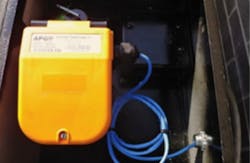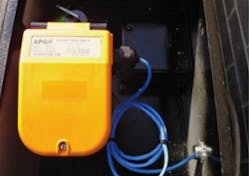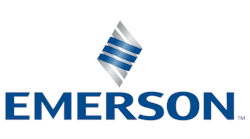Q: How has level measurement/monitoring technology evolved over the past 5-10 years? How is level measurement/monitoring technology better today than it has been in recent history?
A: While there have been some helpful technological advancements, most improvements have come through smart signal processing and more flexible communication options. We’re really on the cusp of major remote level monitoring adoption throughout the industry — even in the agriculture industry, which has been slow to adopt level measurement technology.
Q: How are tools such as predictive diagnostics and software-based configuration solutions making an impact in the area of level measurement/monitoring?
A: The cost of ownership on sensors is dropping. It’s getting much easier to program sensors to work optimally for any given application. A lot of the day-to-day conversations we have with our customers revolve around how easy a sensor is to install, program, and use. As sensors get smarter, the instrumentation techs have fewer burdens and can focus on improving processes, not on fixing sensors.
Q. How are end users benefiting from advances in multivariable level transmitters, wireless transmitters, and transmitters with diagnostic capabilities?
A: Advances in technology allow us to do more with fewer resources. As sensors are able to detect more variables, communicate easier, and even optimize their own programming, we hope to see a greater focus on the processes themselves. A good sensor is one you don’t have to worry about.
Q. What are some best practices end-users can employ to ensure they are specifying the appropriate level measurement/monitoring solution for their application?
A: Start with the application. Avoid the urge to fall back on your favorite level sensor. All environmental and process variables must be considered before the best sensor can be chosen. Then seek out a sensor expert that deals with multiple technologies and ask a lot of questions.
Q. What are some specific features/capabilities end-users should be looking for when specifying modern level measurement/monitoring technology?
A: Even though new sensor software has become increasingly powerful, you still need to ensure that you start with the right level sensor. No sensor is smart enough to replace your role in thoughtfully selecting the best level measurement technology from a reputable manufacturer that focuses on quality first.
Only once you’re working with the right product will you begin to evaluate the finer details. End-users should be concerned with ease-of-use. If it’s difficult to program, it will be problematic. Look for sensors that are both easy to program, and that can handle any process fluctuations.
Q. What are some common pitfalls end-users should be wary of when evaluating level measurement/monitoring technology and/or designing level measurement/monitoring systems
A: It’s easy to consider your level sensors as an accessory to your process—even an afterthought. This is a major problem that gets a lot of experienced design engineers into trouble. Always remember that the process measurement and control is your method of ensuring quality and lasting performance. Level sensors should be central to your system or vessel selection and design.
Q: How do you see level measurement/monitoring technology and applications evolving over the next 5-10 years? How will the level measurement/monitoring devices of tomorrow be better than what we have today?
A: There is still a long way to go in sensor usability and interface. Communication protocols will continue to evolve as end-users demand greater ease of installation and programming. Remote communications will become increasingly important as the energy, chemical, and commodity sectors invest in better inventory control and asset tracking.
We are still learning how to tackle tough applications of every flavor. Level sensors will certainly be better in 10 years than they are today as we fine tune solutions for challenging level measurements. They will work better, in more locations, and be easier for the user to install and setup.
Interview conducted by Flow Control editors.




